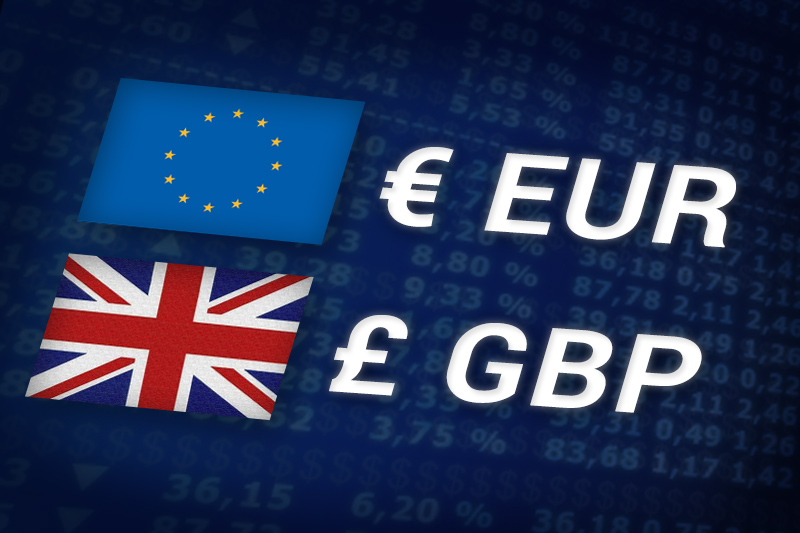Investing.com - The euro came off a one-week low against the pound on Thursday, amid hopes that a ratings cut on Spain by Standard & Poor’s would force the country to formally request a bailout.
EUR/GBP pulled back from 0.8022, the pair’s lowest since October 4 to hit 0.8054 during European early afternoon trade, rising 0.13%.
The pair was likely to find support at 0.8022, the session low and resistance at 0.8094, the high of October 8.
Pressure on Spain to seek a bailout mounted after ratings agency S&P cut the country’s credit rating to BBB-minus with a negative outlook late Wednesday, just one notch above junk status, citing “mounting risks to Spain’s public finances.”
The ratings agency also warned that the capacity of Spanish political institutions to deal with the challenges presented by the current fiscal and economic crisis is declining.
The move brought S&P into line with Moody’s, which downgraded Spain in June.
Sentiment on the euro has been hit in recent days by ongoing uncertainty over Spain’s position on requesting external financial aid and what form a bailout would take.
Earlier Thursday, Italy saw borrowing costs rise to the highest level since mid-July at an auction of three-year government bonds, reflecting unease over the risk of contagion from Spain.
Italy’s Treasury sold EUR3.75 billion worth of three-year government bonds at an average yield of 2.86%, up from 2.75% at a similar auction last month.
The single currency also found support after International Monetary Fund head Christine Lagarde said struggling euro zone members such as Greece and Spain should be given more time to cut their budget deficits.
Sentiment on sterling remained fragile after a recent string of soft U.K. economic data undermined hopes for a sustained economic recovery and kept alive speculation over the possibility of another round of easing by the Bank of England.
The euro also gained ground against the U.S. dollar and the yen, with EUR/USD up 0.29% to 1.2912 and EUR/JPY advancing 0.57% to 101.24.
Later Thursday, the U.S. was to publish government data on the trade balance, in addition to official data on initial jobless claims and crude oil stockpiles.
EUR/GBP pulled back from 0.8022, the pair’s lowest since October 4 to hit 0.8054 during European early afternoon trade, rising 0.13%.
The pair was likely to find support at 0.8022, the session low and resistance at 0.8094, the high of October 8.
Pressure on Spain to seek a bailout mounted after ratings agency S&P cut the country’s credit rating to BBB-minus with a negative outlook late Wednesday, just one notch above junk status, citing “mounting risks to Spain’s public finances.”
The ratings agency also warned that the capacity of Spanish political institutions to deal with the challenges presented by the current fiscal and economic crisis is declining.
The move brought S&P into line with Moody’s, which downgraded Spain in June.
Sentiment on the euro has been hit in recent days by ongoing uncertainty over Spain’s position on requesting external financial aid and what form a bailout would take.
Earlier Thursday, Italy saw borrowing costs rise to the highest level since mid-July at an auction of three-year government bonds, reflecting unease over the risk of contagion from Spain.
Italy’s Treasury sold EUR3.75 billion worth of three-year government bonds at an average yield of 2.86%, up from 2.75% at a similar auction last month.
The single currency also found support after International Monetary Fund head Christine Lagarde said struggling euro zone members such as Greece and Spain should be given more time to cut their budget deficits.
Sentiment on sterling remained fragile after a recent string of soft U.K. economic data undermined hopes for a sustained economic recovery and kept alive speculation over the possibility of another round of easing by the Bank of England.
The euro also gained ground against the U.S. dollar and the yen, with EUR/USD up 0.29% to 1.2912 and EUR/JPY advancing 0.57% to 101.24.
Later Thursday, the U.S. was to publish government data on the trade balance, in addition to official data on initial jobless claims and crude oil stockpiles.
